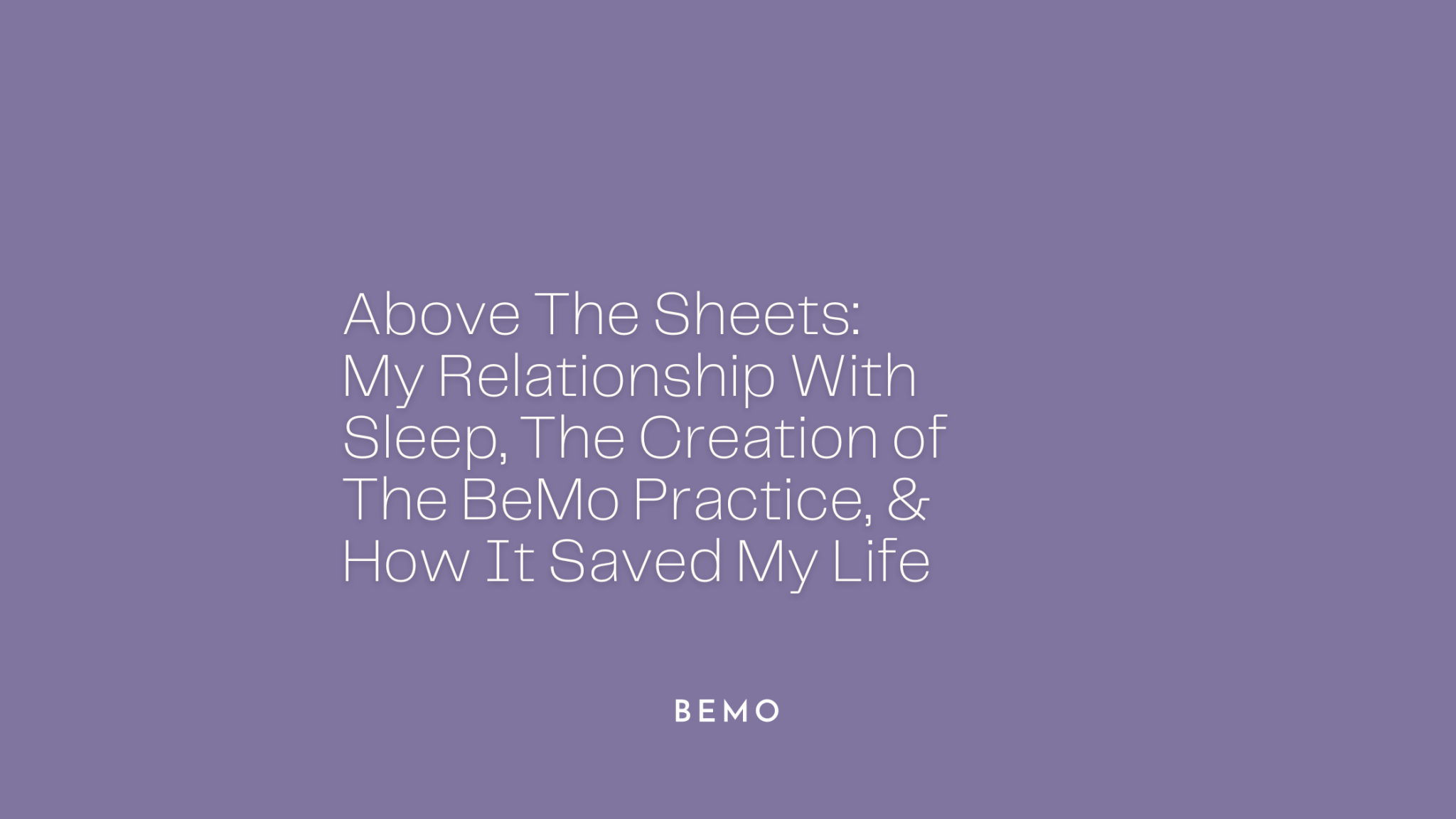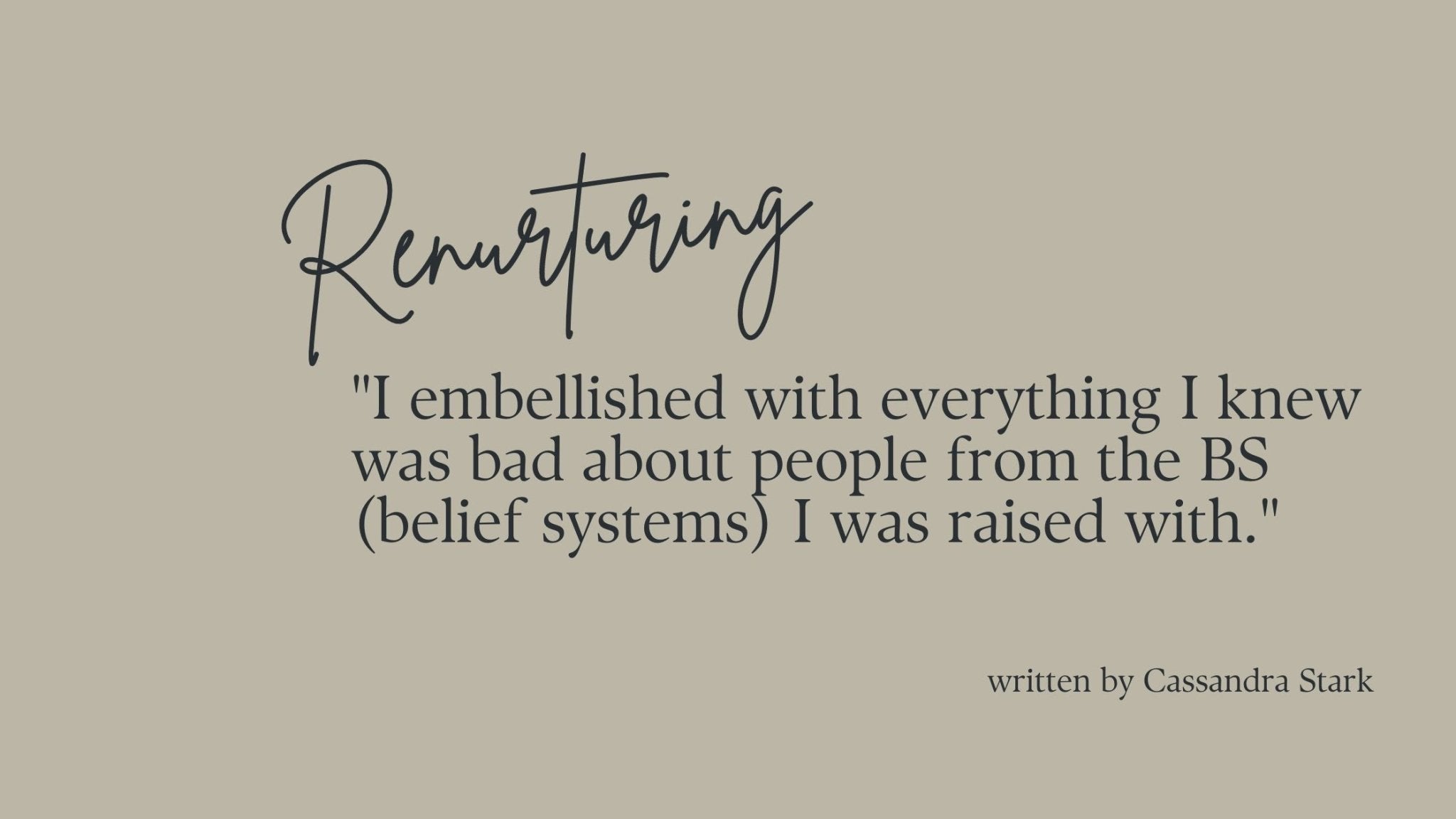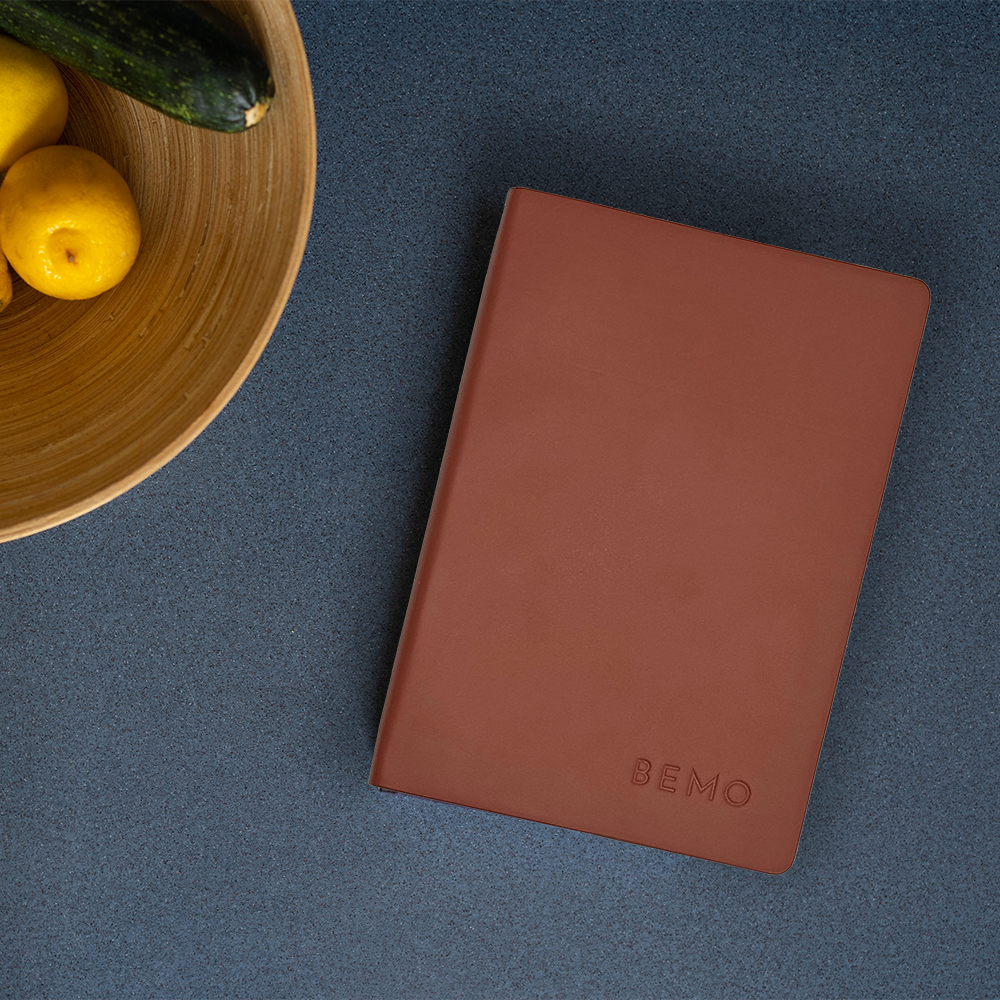The 5 Whys Practice is a powerful tool from The BeMo Guide designed to help individuals get to the root of their beliefs and feelings. By asking why in response to an initial statement or belief, we can uncover deeper truths and begin to understand and address the underlying issues.
Let's apply this practice to the belief "I am too fat/skinny/ugly/different."
Initial Belief:
"I am too fat/skinny/ugly/different."
Why do I believe that I am too fat/skinny/ugly/different?
- Because I don't look like the people I see in media and around me.
Why is it important for me to look like the people in media or around me?
- Because I think that's what society considers attractive and acceptable.
Why #3: Why do I feel the need to conform to societal standards of attractiveness and acceptability?
- Because I believe being attractive and acceptable to society will make me happier and more accepted by others.
Why #4: Why do I believe my happiness and acceptance depend on conforming to these external standards?
- Because I've experienced or perceived rejection or criticism in the past when I didn't meet these standards.
Why #5: Why do I let past experiences of rejection or criticism dictate my self-worth and happiness?
- Because I haven't fully embraced my unique qualities and learned to find self-worth within myself, independent of external validation.
Reflection and Action:
Through this 5 Whys analysis, it becomes evident that the initial belief stems from a deeper issue of seeking external validation and conforming to societal standards rather than embracing individuality and internal sources of self-worth. Of course, your 5 Whys practice may take you in an entirely different direction and uncover what is below the surface of your emotional truth. Tread lightly. Be careful. Seek compassion with yourself.
Continue working on what you can reveal by moving through The BeMo Practice and working through the FUNCK.
The BeMo Practice can guide you in addressing these deeper issues by helping you:
Acknowledge and Validate Feelings: Recognize that feeling too fat/skinny/ugly/different is a valid emotional response to societal pressures but doesn't define your worth.
Understand and Challenge Beliefs: Reflect on the societal norms that have influenced your beliefs and challenge their validity and relevance to your personal happiness.
Identify Needs: Determine what you truly need for feelings of acceptance and worth, allowing you to reveal choices to help meet these needs - such as compassion and a supportive community that values diversity and individuality.
Defining Action or Non-Action by Empowering Choices: Develop actionable steps to meet these needs - including what you can do now and what you can do that you've done before (and may not choose to do again). For example, you can engage in a self-care practice you trust and are familiar with, surround yourself with positive influences, and actively practice self-love and acceptance. Be detailed in your options.
Reinforce Positive Self-Knowledge: Affirm the qualities and attributes that make you unique and valuable, independent of physical appearance or societal standards.
By working through The BeMo Practice and applying the 5 Whys technique, you can dismantle harmful beliefs about your body and appearance, paving the way for a more positive and self-accepting relationship with yourself.
To make this your own, utilize the instructions in your BeMo Practice Guide at the front of your BeMo Journal.









Leave a comment